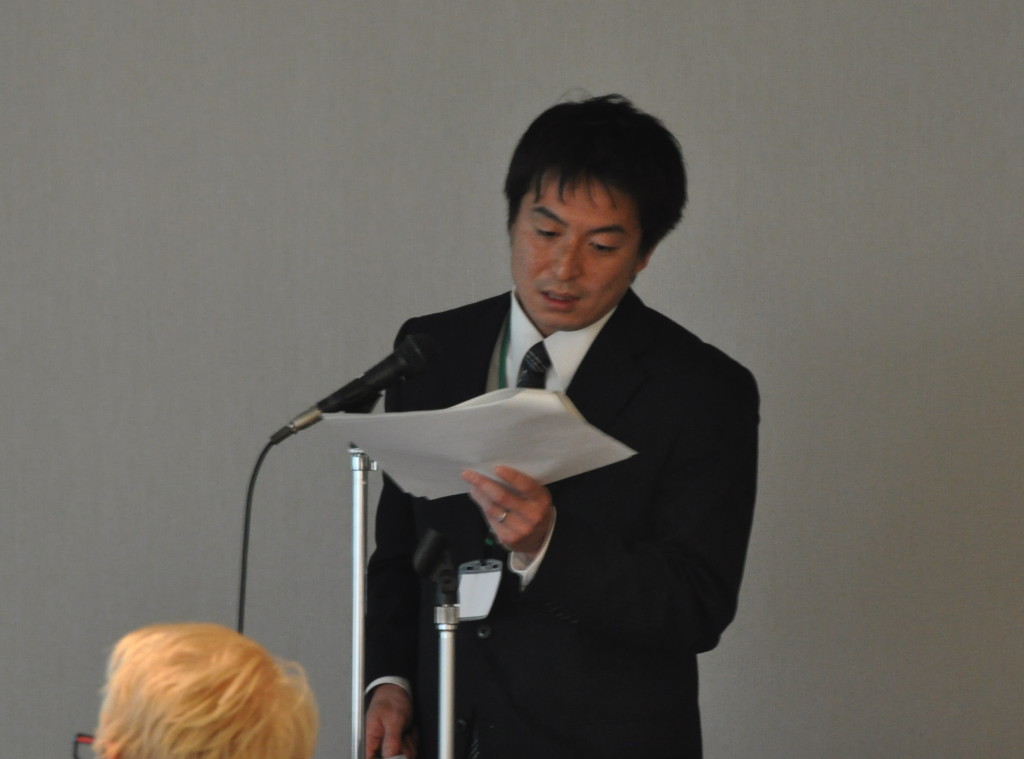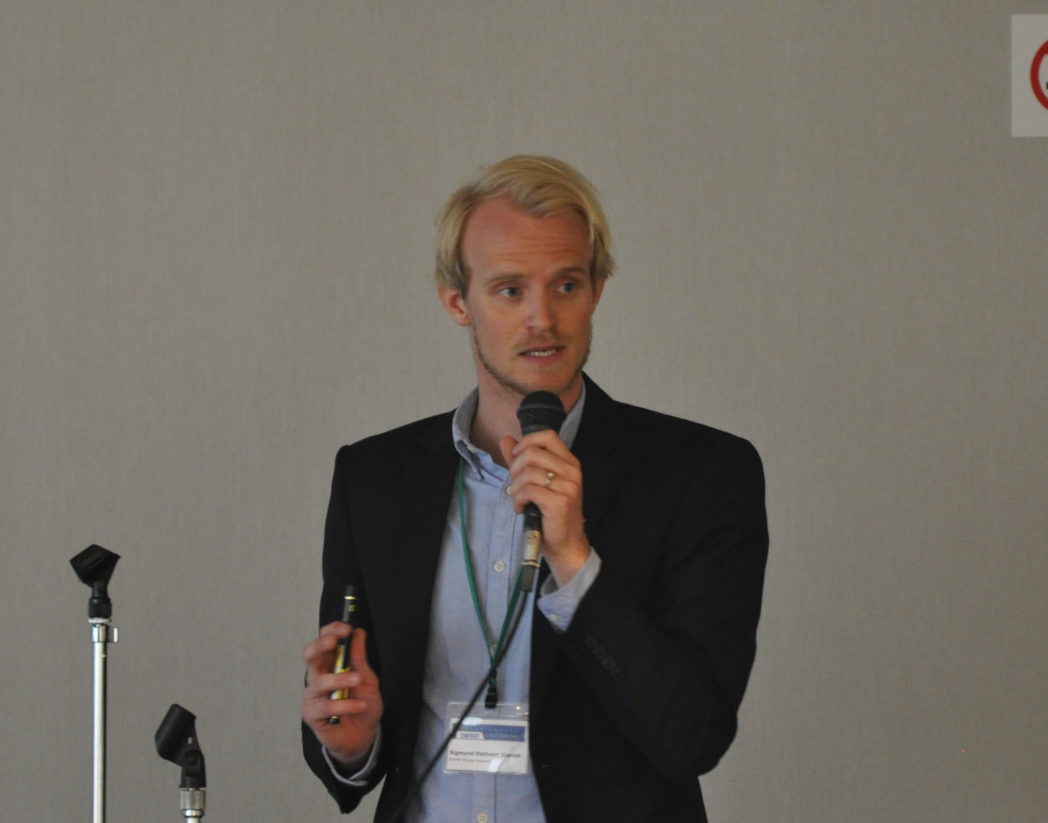CO2 capture, transport and storage, or CCS, has been a well know topic in Norway for nearly 20 years. Over these years, great advances have been made through extensive research and industrial development and demonstration.
Today, technologies are ready for rollout, and indeed, several places in the world now have demonstration projects in operation. CCS is becoming a world topic and a world issue, a necessary means for reaching ambitious greenhouse gas emission targets.
Safe storage underground and seismic activity
Not all regions of the world, however, have been considered suitable for safe permanent storage of CO2 underground. For example, areas of high seismic activity, as Japan, have by many Norwegians been considered as out of the question. That is until now: CCS is becoming “Big in Japan”.
CCS is becoming a world topic and a world issue, a necessary means for reaching ambitious greenhouse gas emission targets.
After the Fukushima nuclear accident in 2011, Japan shut down all of their 52 nuclear power stations. Now, four years later, only a few have been put back into operation. The solution for securing power supply to the nation was, amongst others, a massive increase in import of natural gas. The total share of fossil based power production reached 90% after this change.
This, obviously, increased Japan’s CO2 footprint dramatically, which Japan, as technology nation, not is willing to live with. And the solution? A national boost in R&D efforts and piloting within CCS and CCS technologies!
During The Japan-Norway Energy Science Week, arranged by the Research Council of Norway in Tokyo during the last week of May this year, SINTEF was co-chairing a full-day session on CCS.
Interest from Norwegian stakeholders were modest, it seemed like the Norwegian CCS community didn’t believe in CCS as relevant for Japan. We, however, pressed that a technology nation like Japan never would miss out in the global development currently happening within the field.
As a result, a rather small delegation from Norway consisting of SINTEF, NTNU and the University of Bergen traveled to Japan to cover the topic of CO2 capture and storage. At the session, representatives from the Norwegian Ministry of Petroleum and Energy and the Research Council of Norway were present.
Overwhelmed by the Japanese response
The response on the Japanese side, however, was overwhelming. The Ministry of the Environment, Japan (MOE) kicked off the session describing the current governmental efforts for boosting CCS in Japan. Currently three large scale projects are being carried out: Firstly, investigation of potential CO2 storage sites is carried out, amongst other means by seismic surveys offshore. Secondly, a large scale feasibility study for the introduction of sustainable CCS technology is performed. This includes both aspects of capture, transport by ship, and preparation for demonstration projects. And thirdly, investigation of energy-from-waste with a carbon dioxide capture capability.
Three Japanese industrial giants gave their presentations at the session: Kawasaki Heavy Industries, Toshiba Corporation and Mitsubishi Heavy Industries. These companies have all developed their own CO2 capture technologies for different purposes.

Double the capacity comparing to the Boundry Dam project
The most striking story was told by Mr. Takashi Kamijo of Mitsubishi Heavy Industries: Their technology has been commercially available all the way back since 1999. Currently they have 11 CO2 capture plants in operation worldwide, with the 12th being under construction in Texas, USA. This is an EOR project, aiming at capturing 4776 metric tons of CO2 per day from a coal fired power plant. When in operation, this will be the biggest capture facility from a coal fired power plant ever built, with double capacity compared to the currently running Boundary Dam project in Canada.
Obviously, safety of CO2 storage offshore was also a question addressed during the session. Dr. Kinichiro Kusunose of AIST asked the question directly: Can we store CO2 in a tectonic Active Region like Japan? And his answer to the question was yes. The solution relies on careful selection and close monitoring of the storage sites.
As a matter of fact, Japan is currently preparing a full CCS chain demonstration project at Tomakomai in Northern Japan. This project is run by Japan CCS ltd, a company consisting of shareholders from 35 different Japanese companies in energy, technology, oil and gas, steel etc. Injection and storage offshore is planned to start in one year from now, with an injection rate of 200,000 tons of CO2 per year.
Fast moving CCS-nation
In conclusion, for the few of us from Norway who had the opportunity to experience the CCS session in the Energy Science Week, Japan was definitely put on the map as a fast moving nation towards roll out CCS. We believe there is a large potential for cooperation across boarders both for researchers, industries and nations, and are looking forward to pursuing these possibilities in the near future.
All presentations from the Japan Norway Energy Science Week CCS session can be found on the conference website.










Comments
No comments yet. Be the first to comment!